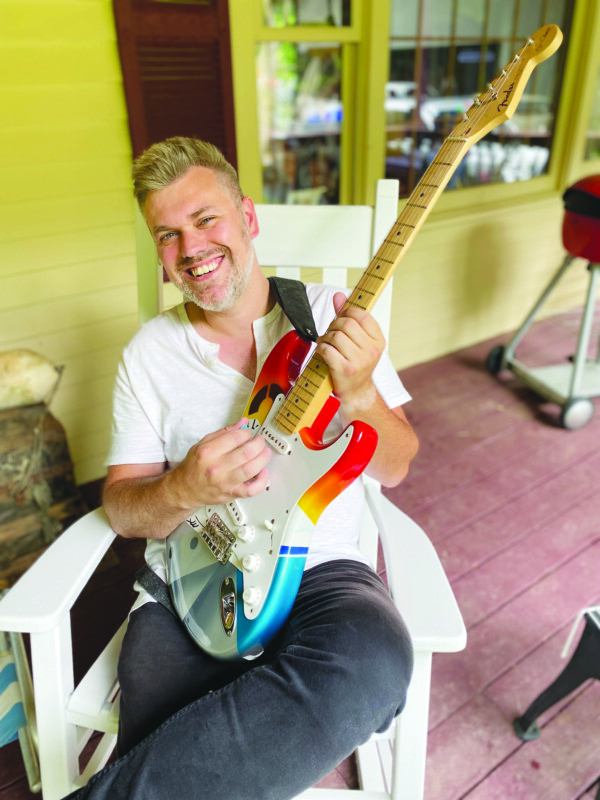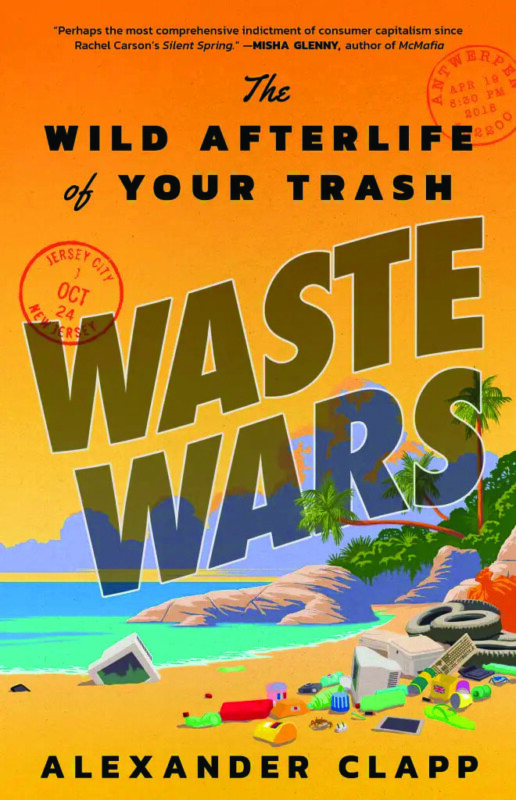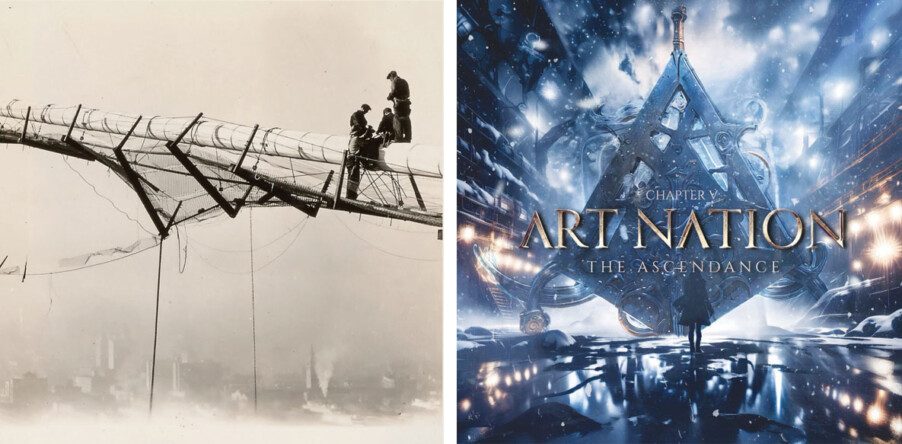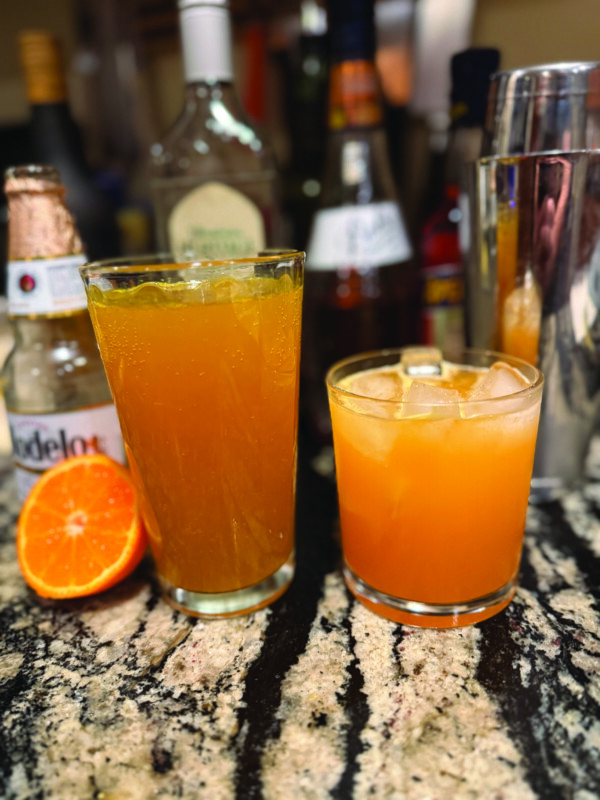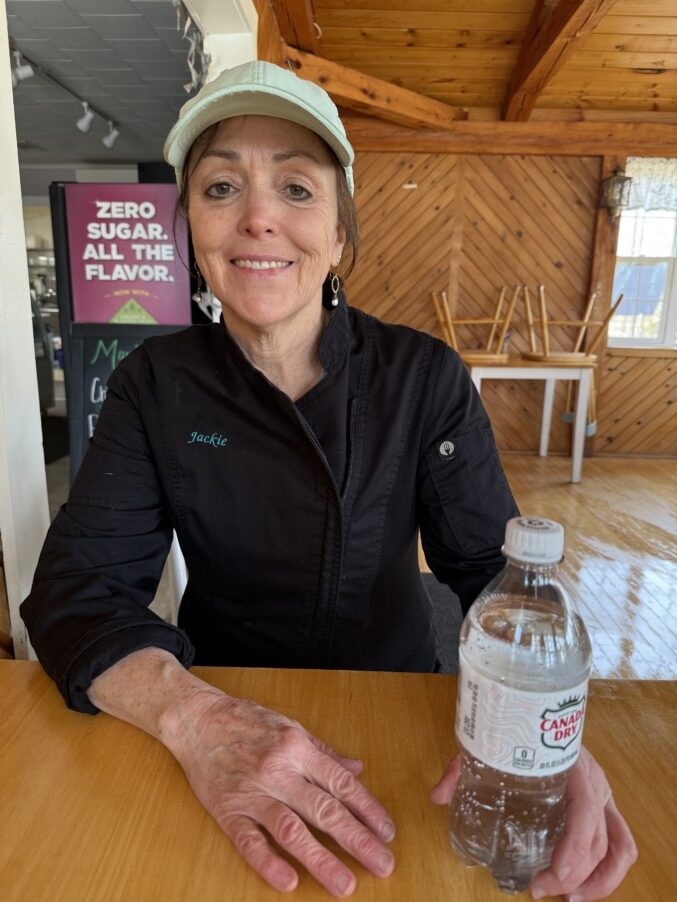Friends and bandmates to perform tribute show
By Michael Witthaus
mwitthaus@hippopress.com
The New England music scene suffered a huge loss last October, when Brooks Young was killed in a car accident. The guitarist, singer and songwriter was celebrating a wave of success that included tours with George Thorogood, Sammy Hagar and Three Dog Night, and shows sharing the stage with stars like Bryan Adams and B.B. King.
Young’s career was fueled equally by talent and tenacity.
“If someone called and wanted him for a good gig, he was saying yes,” Mike Liane, a bandmate of Young’s organizing a memorial show in Concord, recalled recently. “He didn’t care, and I say this in a loving way, if the group of people around him were going to be able to do it. He knew he was going to do that gig.”
Occasionally, he’d book a show and learn some members of his band had prior commitments, Liane continued. That didn’t matter; Young would put together a quick pickup group or, failing that, do the show solo. “Brooks wasn’t going to lose an opportunity for anyone … he just had this confidence and bravery. ”
Young was a genre-bending rocker who began in the blues. He met B.B. King in his late teens, after the legendary guitarist performed in Manchester on September 11, 2001. Eight years later Young’s band opened for King in Concord. Over his career Young would range into rock and pop, without losing his early inspiration, Liane recalled.
“The thing that paints an accurate picture in my mind of what he really liked to do is when we’d play ‘Hoochie Coochie Man.’ The reason I say that is because it has very true, deep blues roots, but we’d do it in a way that was muscular and a little rock … he would take all his influences and combine them into every performance.”
The April 13 event at BNH Stage is a fundraiser to benefit Young’s three children. House band performers span the Brooks Young Band’s history, including drummer Blake Wyman, a member of the group’s first incarnation. Three other drummers will be on hand as well: Adam Soucy, Rob McCarthy and Dave Lombard, who was behind the kit longest.
“Usually the hardest band member to find is a good drummer, but in this instance we’ve got four that raised their hand,” Liane said. “But outside of the drummers, the lineup’s pretty consistent. Charles Mitchell’s on bass … there’s myself and Mike Gallant on guitars, and Jeff LeRoy, who played keys with Brooks basically his entire career … a great band.”
Also performing is Charlie Farren, who contributed to Young’s second album. “They had a relationship since then, and we’re delighted that he’s going to play,” Liane said. “He’s going to do a few songs, and hopefully I can get him on stage to sing some harmony with us or something like that during the set with the Brooks Young Band.”
Also appearing are Hank Osborne, Dakota Smart and Valerie Baretto, and there will likely be additional guests.
Liane was a band member late in the game, accompanying him on Three Dog Night and George Thorogood tours from 2016 to 2020, but he’d known Young since high school. He recalls when the two enrolled in an introductory guitar class, even though both were pretty good players at that point.
“We just wanted to play guitar, but we also knew we could get a really good grade,” he recalled. “While everyone else was learning ‘Mary Had a Little Lamb,’ he would show me a Clapton lick, and then I would show him an Angus Young lick. We did that during class.”
His old friend never lost the joy of being a musician, Liane continued, recalling another memory that happened a lot.
“Every night standing side stage, he’d put his hands on my shoulders right before we walked out and he’d look me right in the eye and he’d say, Mike, we’re going to have a good time tonight,” he said. “Every single time that he did this, and it was hundreds of times, but every single time he did this, he was excited, he had a huge smile on his face, and it’s the only place on Earth he wanted to be in that moment.”
Memorial Concert for Brooks Young
When: Sunday, April 13, 4 p.m.
Where: BNH Stage, 16 S. Main St., Concord
Tickets: $20 and up at ccanh.com
Appearing are Brooks Young Band, with Charlie Farren, Hank Osborne, Dakota Smart, Mikey G and Valerie Baretto
Featured photo. Brooks Young. Courtesy photo.

